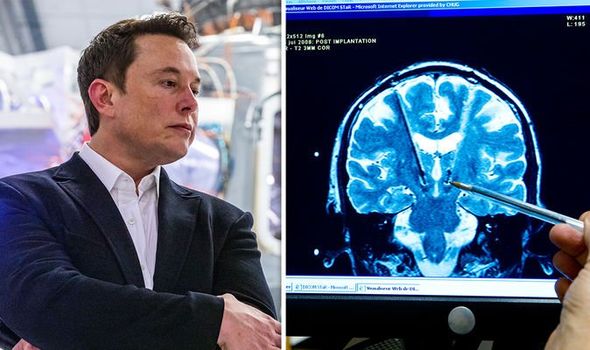ELON Musk has tweeted updates on his plan to implant microchips into the brain to merge humans with machines creating CYBORGS.

The US billionaire and CEO of Tesla and SpaceX had announced a venture to merge the human brain with artificial intelligence some years ago.
He also established a company called Neuralink which he said would be responsible for developing a way to achieve this.
But analysts have described the company as secretive due to its lack of updates since then.
In the latest update, Mr Musk said on Twitter yesterday a Neuralink mission statement would be issued on August 28, along with the statement “If you can’t beat em, join em”, for which he provided no clarification.
Neuralink has in the past revealed some bits of information, including photos of animals with bits of technology sticking out of their heads.
Animal rights charities such as PETA have blasted similar procedures in the past.
According to the Wall Street Journal, Neuralink will develop what Mr Musk has called “neural lace” technology, which will allegedly involve implanting tiny electrodes into the human brain capable of transferring data to the mind.
In 2019, further claims emerged that a big advancement was made by the company in the form of ‘threads’.
According to reports, these threads would be a type of brain implant made out of a flexible material less likely to damage brain tissue than current technology.
In the same year, Mr Musk held a presentation answering some of the questions observers had about the mysterious plans.
In it, Mr Musk claimed the technology would not “start taking over people’s brains”.
But he added it would allow the mind to be merged with computers, and said humans would be “left behind”.
There is also an un-peer reviewed scientific paper credited to Mr Musk on Neuralink’s technology.
The paper states brain implants would help restore senses and movement in people who have been affected by neurological disorders.
It reads: “We have built arrays of small and flexible electrode “threads”, with as many as 3,072 electrodes per array distributed across 96 threads.
“We have also built a neurosurgical robot capable of inserting six threads (192 electrodes) per minute.
“Each thread can be individually inserted into the brain with micron precision for avoidance of surface vasculature and targeting specific brain regions.”
Humans have had brain implants in the past. Accord to The Verge, one man, Matthew Nagle, received an implant in 2006 which allowed him to control a computer mouse cursor with the power of thought alone.
EXPRESS UK

Leave a Reply
You must be logged in to post a comment.